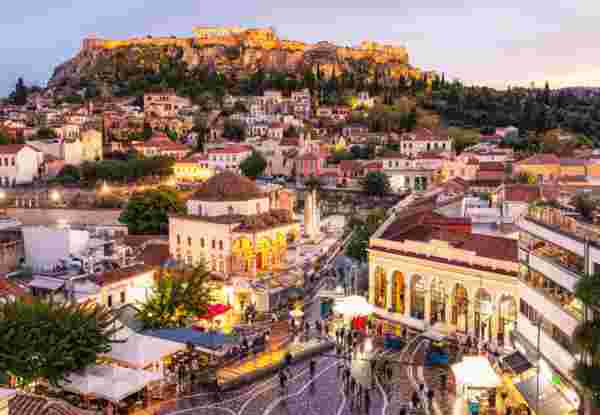Zagoria – A place of mythical beauty

Zagoria, or Zagorochoria, is a group of 46 small idyllic villages, hidden away in the heart of the Pindus mountain range and its national forest. Thanks to the protection that this isolation provided, the area enjoyed a relative stability and a semi-autonomous status. Such conditions, along with the fact that the location was on the trade routes linking the Balkans with Europe and the East, proved favorable for its development. Gradually the area became a commercial and educational hub, where the arts and crafts flourished. Comfortably secluded behind the mountains, these villages evaded modernization and are preserved to this day, tucked away between forests and cliffs.
Open-air festival or “panigyri”
To try and fully describe the place is as difficult as reaching it once was. The villages maintain the same appearance since the 18th century, each one wrapped around a small square with a church, a spring, and a big plane tree where all major social-life events take place. One such, the annual open-air festival or “panigyri” is not to be missed if you are around. With the alibi of celebrating a protector Christian Saint, a huge traditional feast is set up, with amazing food – especially char-grilled meats – pies, wines, “tsipouro” (homemade pomace-distilled alcohol up to 45% ABV) and live clarinet-dominated traditional music for which the wider area is famous.
Architecture of Zagoria

Zagoria Stone Buildings Photo Credit: TijsB
The tiny villages were built with the very materials the place offers in abundance, stone and timber. To be precise, when we say stone-built we mean totally stone-built. The walls, the roofs, the small winding streets, the alleys… everything is like a 3-D jigsaw puzzle, with pieces of stone chiseled by hand and fitted into place; usually without mortar, following an ages-old technique which still survives today. But what makes you really wonder is the way they built stone arches, especially to bridge the countless wonderful rivers and streams that run between the villages.

Zagoria Stone Buildings – Papigo Photo Credit: Αλέξανδρος
Still standing intact, after centuries and earthquakes, and so tightly assembled that you can’t put a blade between the slabs! No wonder why so many architects visit this place for studying and inspiration. You too, will want to know the secrets of the famous Zagoria old stone-masons when you see bridges like the 1814-built ‘Kalogeriko’ between Kipi and Koukouli, or ‘Klidonia’ at the end of the Vikos hiking trail.
Mezmerizing landscapes
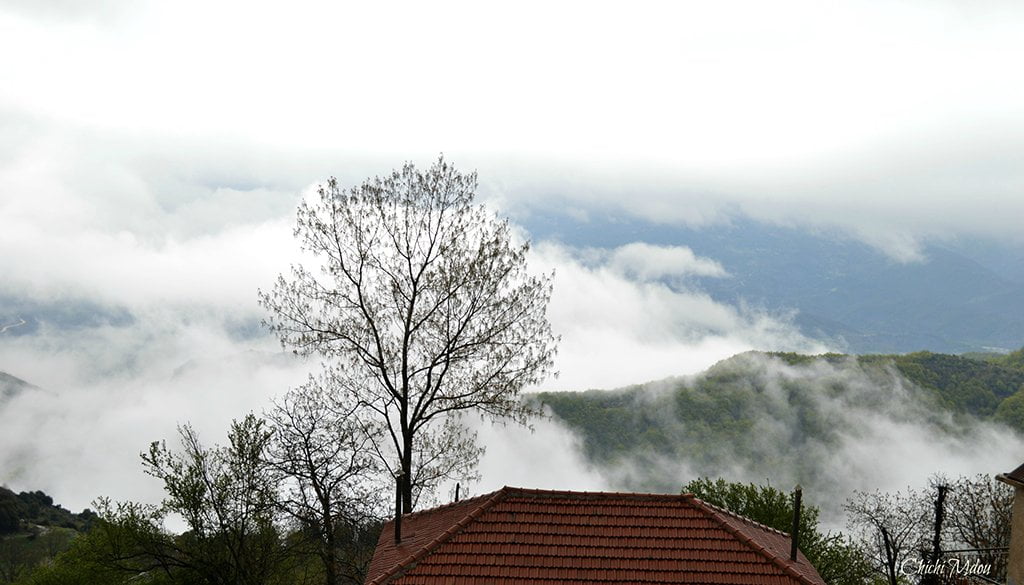
Zagoria Nature Photo Credit: Chichi Mdou
The scenery itself is also mesmerizing. The landscape is dominated by harsh mountains, where imposing rocky volumes – like the Gamila (Camel) summit – gradually give way to green slopes, and finally to dense forests. Narrow, winding roads cross with old steep paths next to cliffs, ravines, and gorges, offering breathtaking views in every turn.
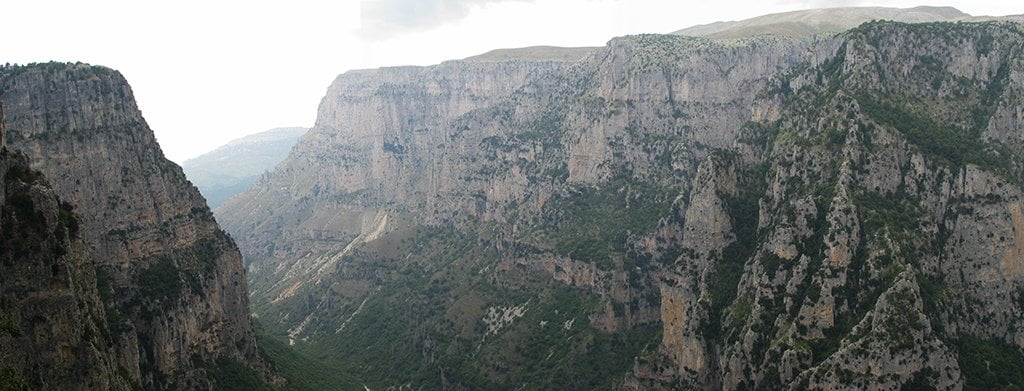
Vikos Gorge Photo Credit: stefg74
King among them is Vikos – the deepest gorge in the world in proportion to its width, according to the Guinness Book of Records – with its impressive biodiversity, home to wild animals, many species of plants and especially healing herbs. From the 17th to the 19th century, “vikogiatroi” shaman-like empirical doctors would ride from one village to the next to heal the sick with the wondrous herbs they collected in this gorge. Mostly hailing from the villages of Kapesovo, Monodendri and Papigo, they formed a brotherhood of sorts and would pass on the secrets of healing from father to son.
Lakes and rivers of Zagoria
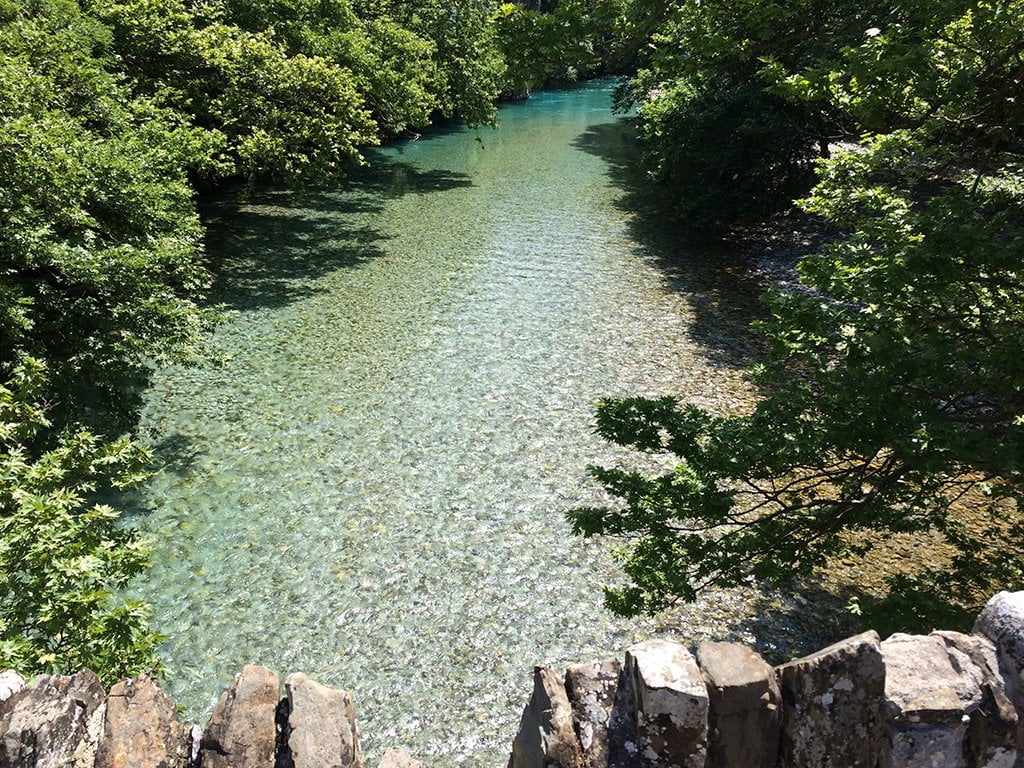
Voidomatis, cleanest river in Europe Photo Credit: Martin Ehrensvärd
Around Zagoria and Epirus, nature is thriving and always keeps the leading role. The Dracolimnes – alpine lakes with a significant pagan background which you can see here – can bring out the mountaineer within every visitor, just like the cliffs and the majestic rivers of Aoos, Aracthos and Voidomatis call for the adventurer inside you. And their call is deafening, since we are talking about some of the most stunning rivers not just in Greece, but in Europe. Their waters have a color that just cannot be described and they will take you and your raft through places both marvelous and secluded, which can only by seen while rafting or canyoneering. These two activities along with hiking, mountain biking, trekking, paragliding, kayaking and rock-climbing make the place a paradise for outdoor-sport enthusiasts.
Zagoria cuisine

A Stone Bridge near Konitsa Photo Credit: TijsB
At the same time, the place is ideal for anybody who enjoys the easy, laid-back pleasures of life. The livestock herds that you have probably encountered while driving around, along with the thriving surrounding nature, provide high-quality fresh ingredients helping the local cuisine to flourish.
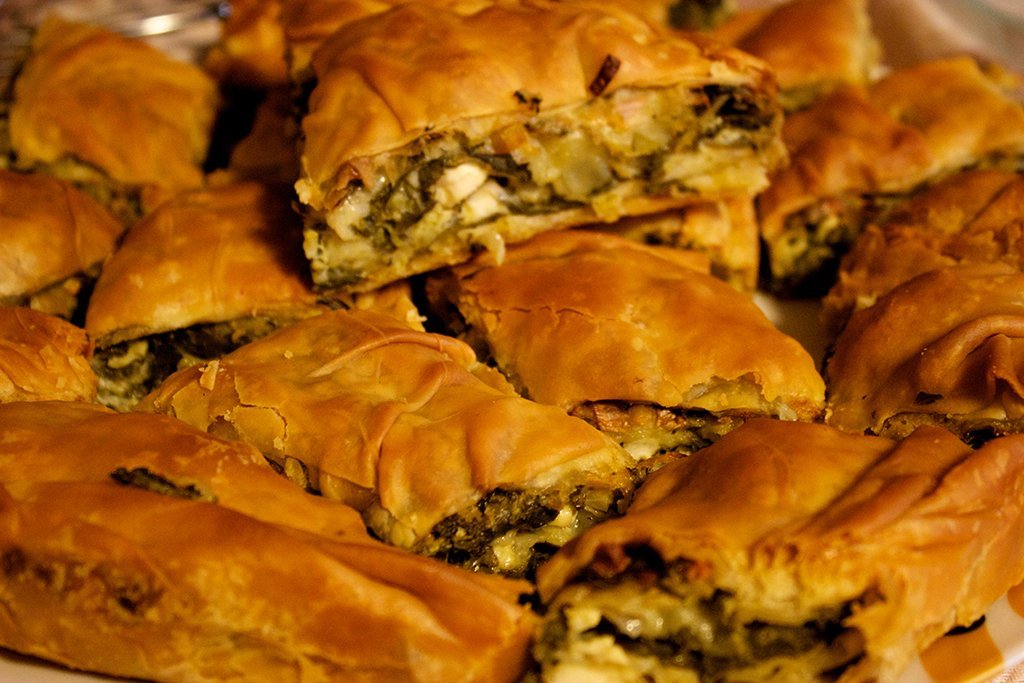
Spanakopita (Spinach pie) Photo Credit: Alexander Baxevanis
Local meat, butter and cheese are exquisite –try the “galotiri” with some tsipouro – and together with the various herbs made the whole region famous for its traditional “pites”, pies with a variety of different fillings.
Activities at Zagoria
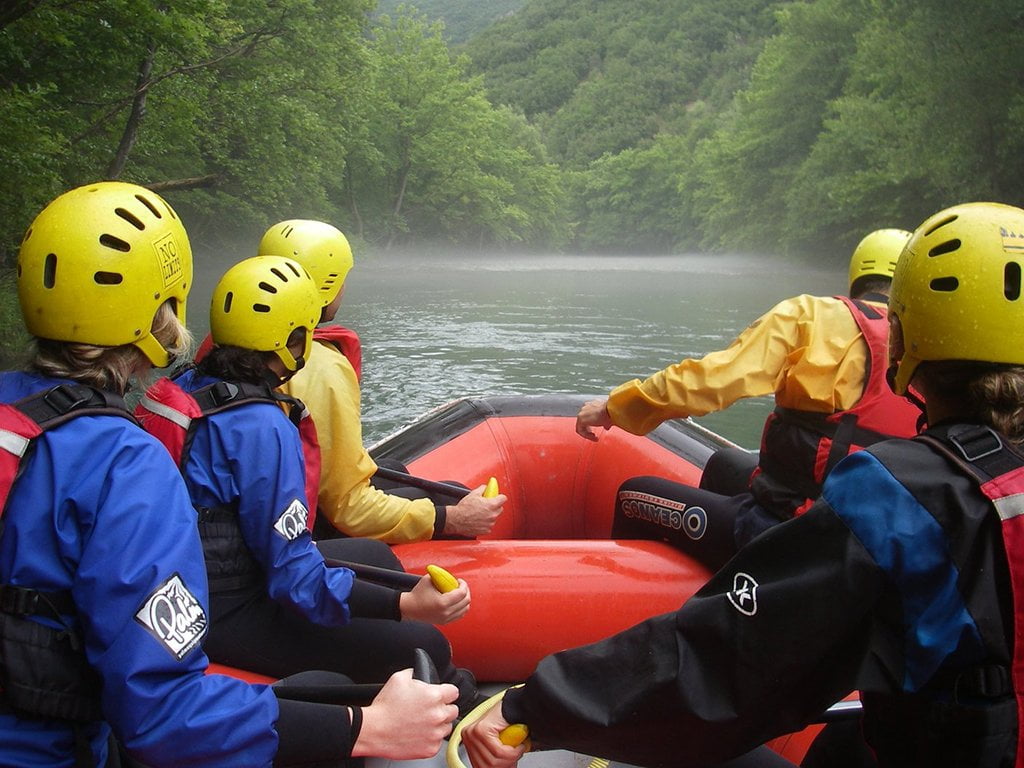
Rafting Voidomatis Photo Credit: Αλέξανδρος
All in all, the Zagoria villages make for an ideal base from which to explore the magnificent and little-known wider Epirus area. From every aspect – accommodation, cuisine, available activities – the offering here is unique and perfectly fit to satisfy those who seek an experience away from the crowds that subscribe to the usual, touristic sea-and-sun island logic.
Cover Image Credit:Emmanuel Eragne
Feeling Ready?
From our blog
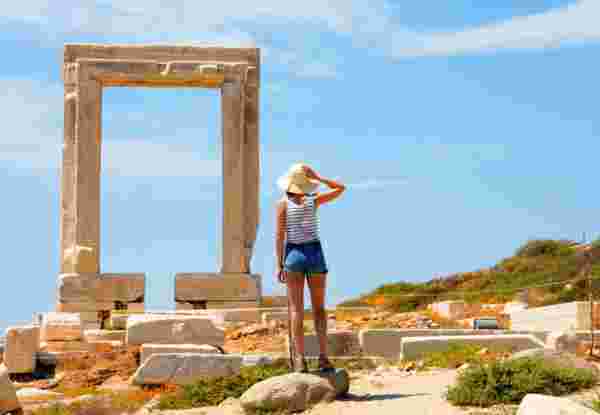
Honeymoon in Naxos: A Complete Guide
READ MORE
Visiting Athens with Kids: A helpful Guide
READ MORE
Paros for Seniors: Tips and Itinerary
READ MORE
Best Resorts in Greece for Families: Your Ultimate 2025 Guide
READ MORE
How to Enjoy Santorini for Seniors
READ MORE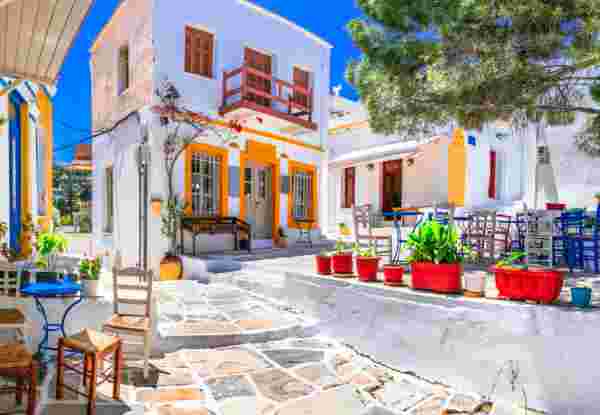
Honeymoon in Paros Island
READ MORE
Rome Travel Guide: What to Do, When to go and Where to Go
READ MORE
The Best Greek Islands for Couples, According to a Luxury DMC
READ MORE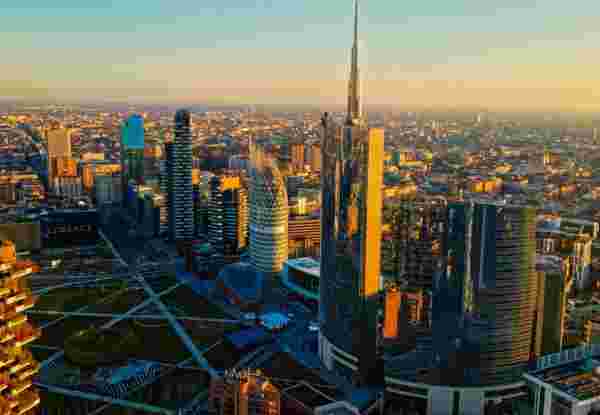
Discover Milan: Top Attractions
READ MORE